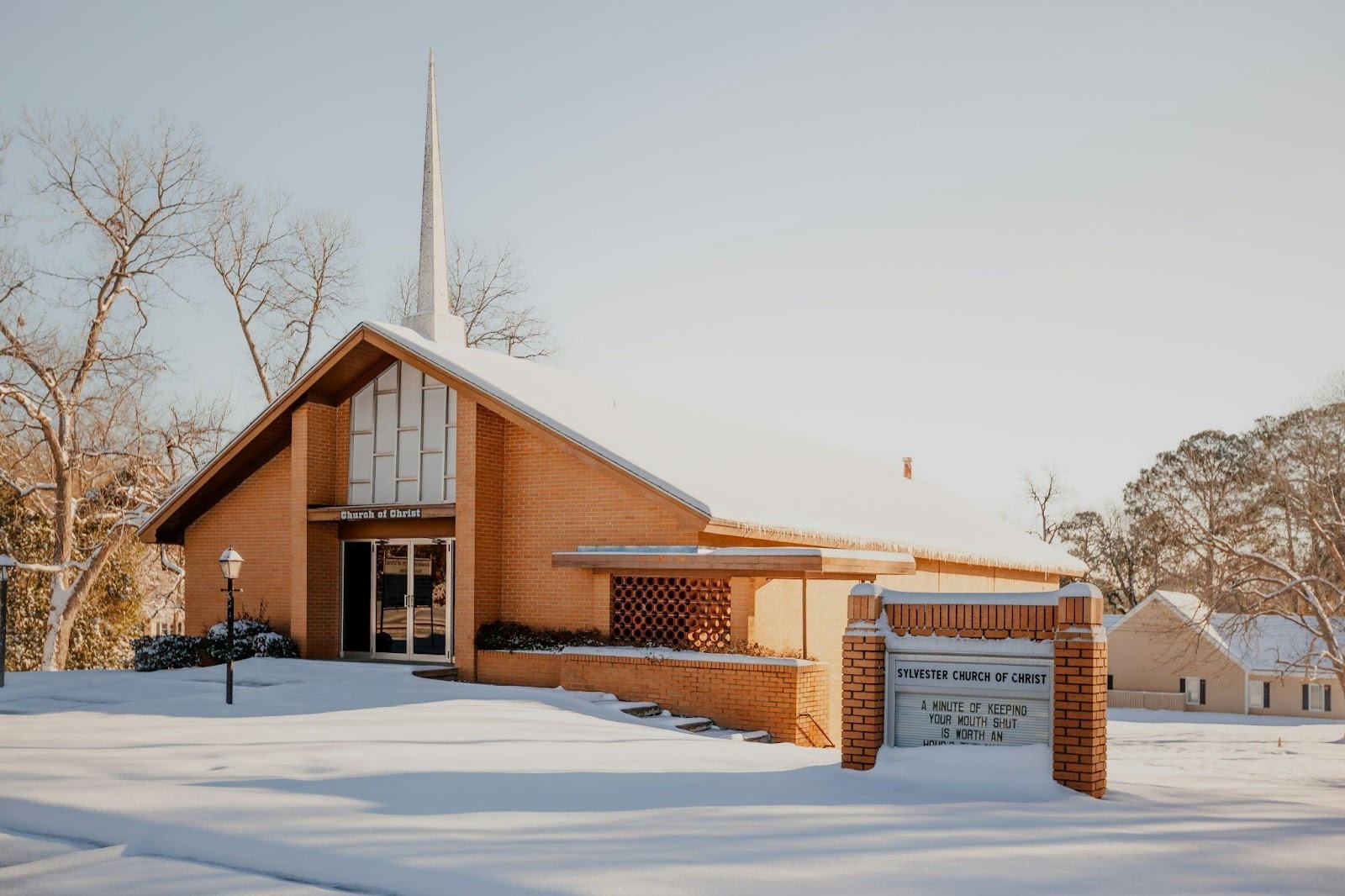
Church buildings are central to community life, hosting services, events, and educational programs. However, their open-access nature can make them vulnerable to crime, accidents, or emergency situations. Security for church building ensures safety for congregants, staff, volunteers, and assets while maintaining a welcoming environment.
Assessing Security Needs
Before implementing systems, church leaders should conduct a security assessment to identify vulnerabilities:
- Entry points and parking lots
- Worship halls, classrooms, and offices
- Storage areas for donations, valuables, or equipment
- Childcare and youth activity spaces
Understanding these risks helps prioritize measures based on the facility’s size, layout, and congregation size.
Physical Security Measures
- Reinforced doors and locks: Strengthen entrances and sensitive areas
- Controlled access points: Limit access to offices, storage rooms, and sacristies
- Lighting: Adequate indoor and outdoor lighting to deter criminal activity
- Fencing and gates: Secure perimeters for larger church campuses
Technology-Driven Solutions
- CCTV Surveillance: Cameras covering main entrances, parking areas, and hallways
- Access Control Systems: Keycards, fobs, or PIN codes for staff and volunteers
- Alarm Systems: Motion detectors, door/window sensors, and silent alarms
- Emergency Communication: Intercoms, panic buttons, and notification systems
Policies and Procedures
- Volunteer Screening: Background checks for staff and volunteers working with children or valuables
- Visitor Guidelines: Sign-in procedures and ID verification
- Emergency Drills: Fire, medical, and security scenario training for staff and volunteers
- Incident Reporting: Protocols for documenting and responding to security breaches
Benefits of a Comprehensive Security Program
- Protection for People: Safeguard clergy, staff, volunteers, and congregation members
- Asset Security: Reduce theft or damage to donations, artifacts, and equipment
- Community Confidence: Builds trust that the church is a safe place
- Operational Readiness: Staff and volunteers know how to respond to emergencies
Conclusion
Implementing security for church building requires a balanced approach combining physical measures, technology, and clear policies. Each church’s security plan should reflect its unique needs, layout, and congregation size. With thoughtful strategies in place, churches can maintain a safe and welcoming environment for worship and community activities.